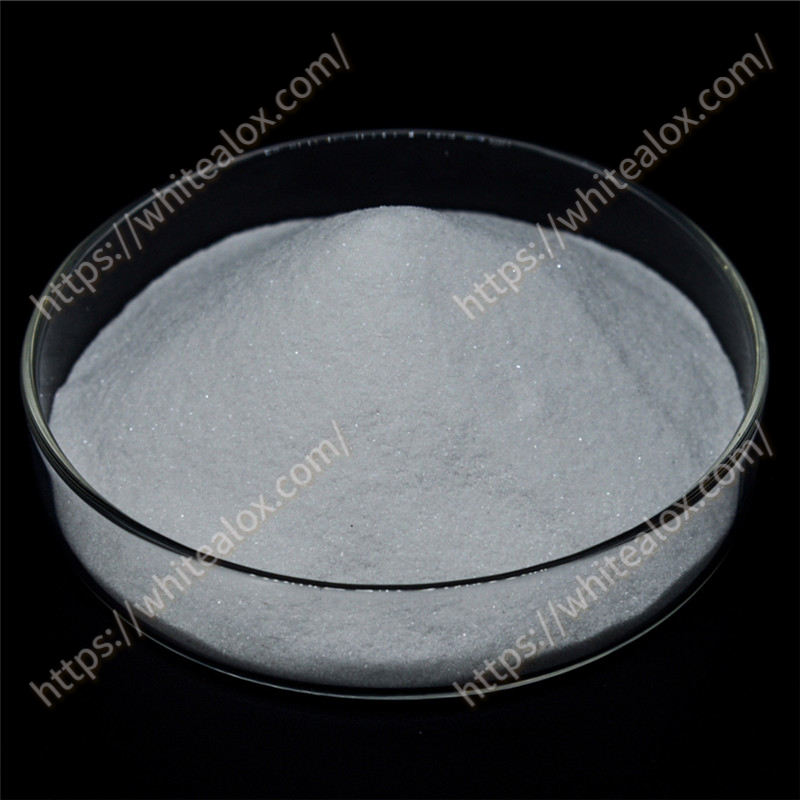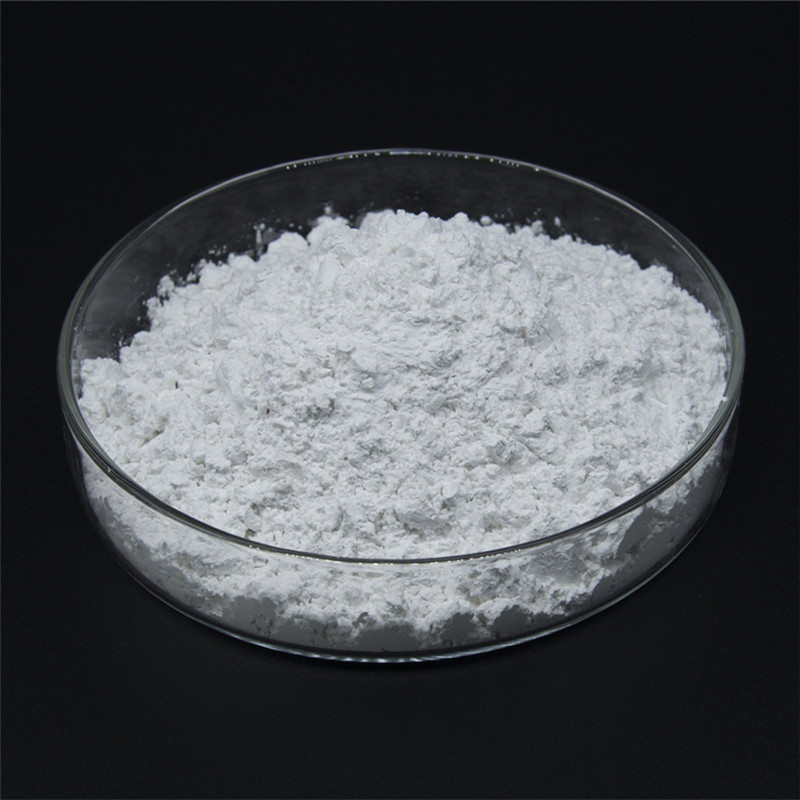White aluminum oxide (white fused alumina, Al₂O₃) is widely used as a wear-resistant ceramic layer due to its exceptional hardness (Mohs 9), high melting point (~2050°C), and excellent chemical stability. Here’s how it’s applied in wear-resistant coatings and surfaces:
1. Key Properties for Wear Resistance
High Hardness: Resists abrasion from particles, slurries, and friction.
Chemical Inertness: Resists corrosion from acids, alkalis, and solvents.
Thermal Stability: Maintains performance at high temperatures (up to 1600–1800°C).
Low Porosity: Dense structure reduces penetration by erosive media.
2. Common Application Methods
A. Thermal Spray Coatings
Plasma Spraying:
White Al₂O₃ powder is melted and propelled onto metal substrates (e.g., pump shafts, valves, turbine blades).
Forms a dense, hard layer (200–500 μm thick) against abrasion and erosion.
HVOF (High-Velocity Oxygen Fuel):
Higher bond strength than plasma spray, suitable for severe wear environments.
B. Ceramic Linings & Tiles
Bonded with Epoxy or Resin:
Al₂O₃ tiles (e.g., 92–99% purity) are adhesively bonded to chutes, hoppers, or pipelines in mining/cement industries.
Used in cyclones, fan blades, and conveyor systems handling abrasive materials.
C. Wear-Resistant Composites
Al₂O₃-Reinforced Polymers:
Added to epoxy/polyurethane for slurry pipes, liners, or flooring (e.g., coal processing plants).
Ceramic-Metal Matrix Composites:
Sintered with metals (e.g., Al, Fe) for high-strength parts like seals or bearings.
3. Industrial Use Cases
Mining & Cement:
Liners for crushers, grinders, and slurry transport equipment.
Oil & Gas:
Coatings on drill bits, valves, and pumps to resist sand erosion.
Power Generation:
Boiler tube coatings in coal-fired plants to mitigate fly ash abrasion.
Automotive:
Engine components exposed to high wear (e.g., piston rings, cylinder liners).
4. Advantages Over Alternatives
Cost-Effective: Cheaper than silicon carbide (SiC) or tungsten carbide (WC) for many applications.
Versatility: Compatible with multiple deposition methods (spraying, tiling, casting).
Non-Toxic: Safe for food/pharmaceutical industries (unlike some heavy-metal coatings).
5. Limitations
Brittleness: Prone to cracking under impact; often combined with TiO₂ or ZrO₂ to improve toughness.
Substrate Preparation: Requires grit blasting and thermal compatibility to prevent delamination.


